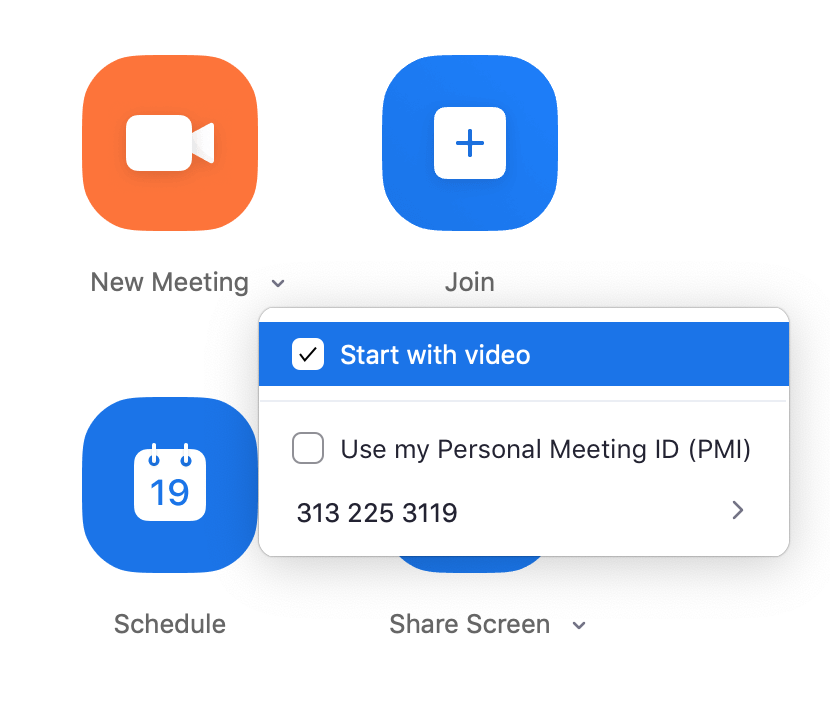
If your personal meeting ID is leaked to the web, Zoom bombers are free to harass you with calls whenever they please. This screen will appear whenever you schedule a new meeting in Zoom. When creating a meeting, you can use your personal ID or generate a random one, and you should always generate a random meeting ID. They’re not failsafe but these simple tips should go a long way toward making sure the host has control over what takes place their meeting.Įach Zoom user has a personal meeting ID-think of it as your Zoom phone number. Zoom has some pretty decent built-in tools that can prevent Zoom bombings from occurring, and they’re easy to set up when creating a new meeting. Internet trolls have been using publicly posted meeting links, guessing meeting IDs, and using personal meeting IDs posted online as ways to join meetings uninvited. Zoom bombing is basically crashing a digital meeting and doing things inappropriate things like screaming obscenities, broadcasting pornography, and otherwise interrupting people’s attempts to talk to coworkers, family, and friends.

Here are a few ways to better protect your meetings from the now infamous Zoom bombers.

With the sudden popularity of Zoom, internet trolls and other “bad guys and gals” have pushed their way into Zoom video conferences and in some cases are flooding them with inappropriate content. It’s no secret that with businesses and organizations unable to physically meet during this COVID-19 pandemic, many have turned to online solutions like Zoom in order to communicate and connect with others.


 0 kommentar(er)
0 kommentar(er)
